https://www.youtube.com/watch?v=wXcdYBh3hgg
(Evanescence: ‘Bring Me to Life’ Please listen to alongside).
“There aren’t any words to convey. If there were, then people would understand why I can’t keep up with them, or follow conversations and struggle with life. The years have passed and memories of 1997 live on as if it all happened yesterday. Reminders are everywhere. Yet, ask me what it is that I did today, or to remember my toddling daughters, or anything….
The neurological fogging descends; the walls close in, my body spasms, fully aware of my identity stripped .My mind switches off. Emotionally paralysed. Seconds, minutes, days and even months go by. I shouldn’t be here – I should be at work. I gave my all. I was betrayed and I am held hostage to those who compounded matters – yet I feel ashamed about my lost resilience.”
The shames of PTSD
Book Template: 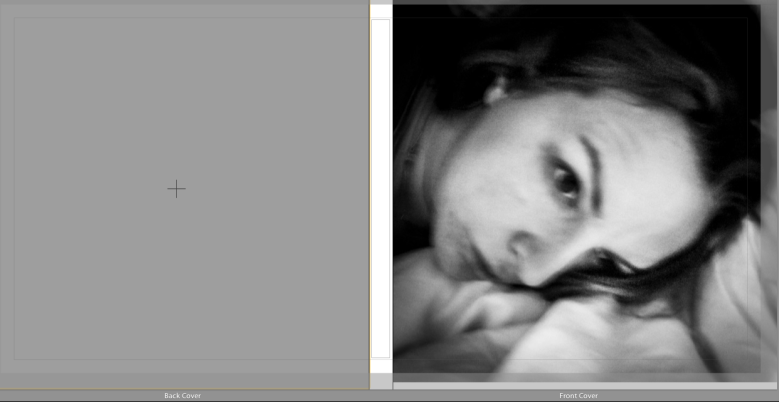
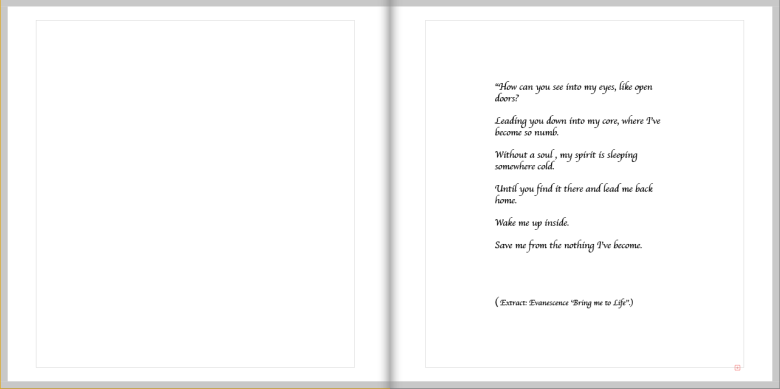
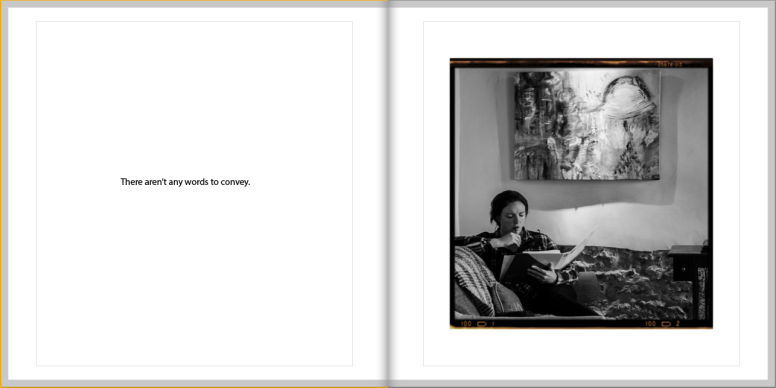
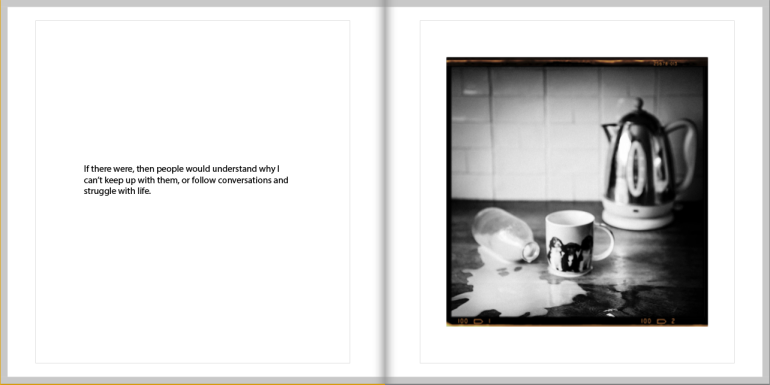
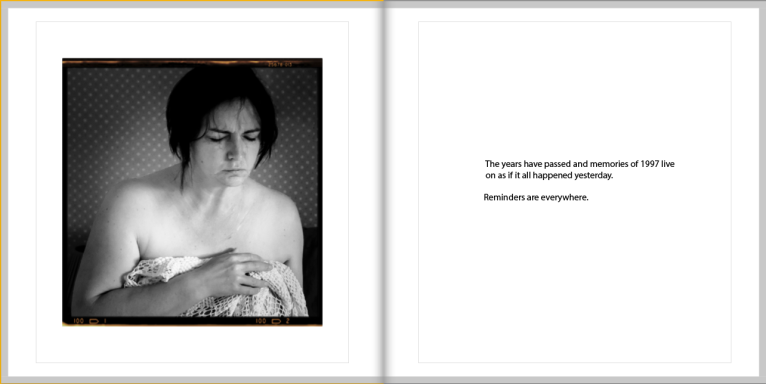
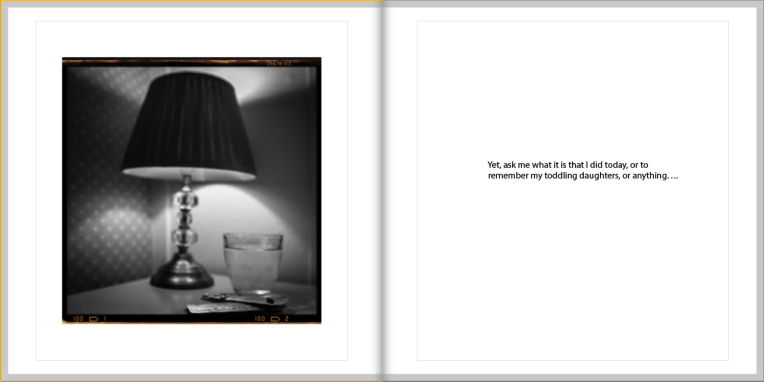
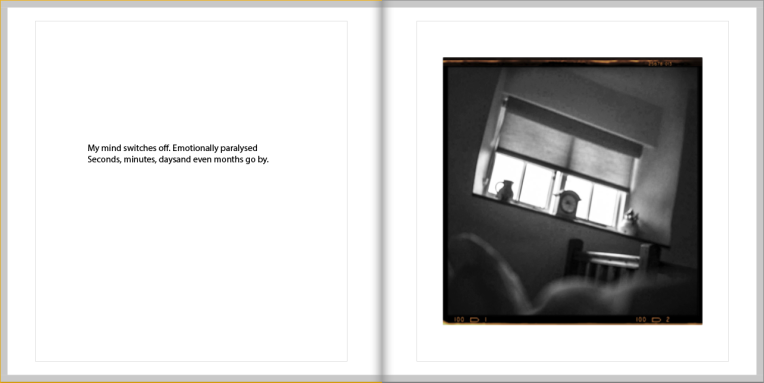
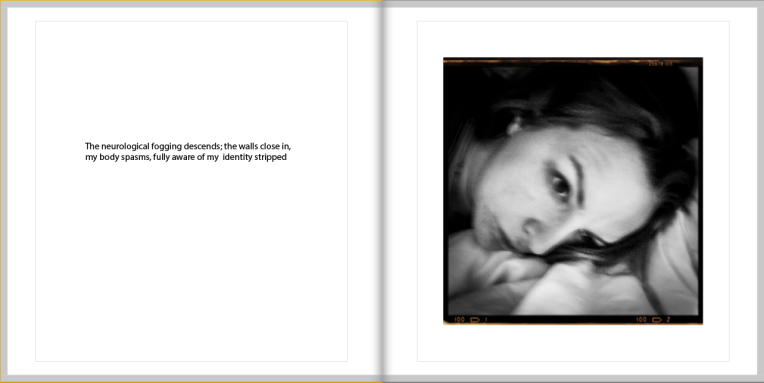
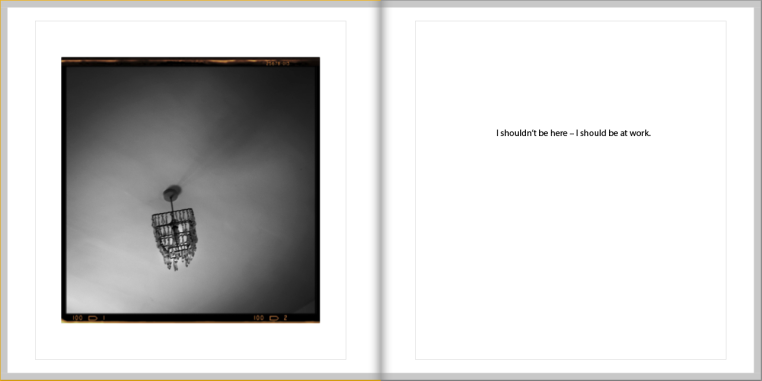
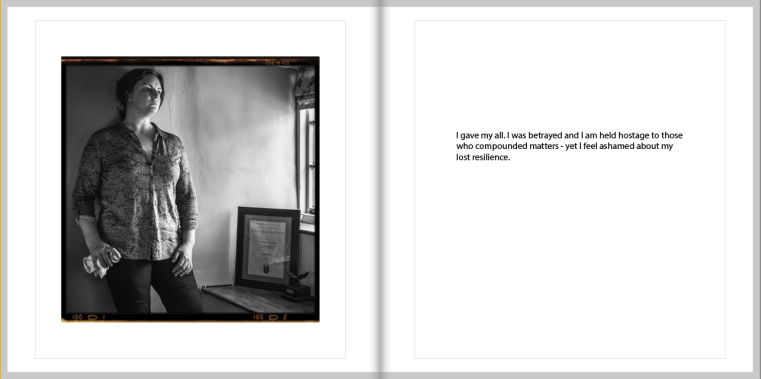
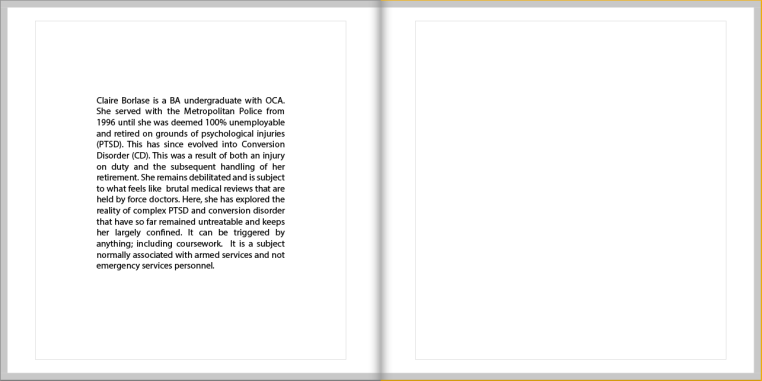 Click for full size resolution: Image 1.
Click for full size resolution: Image 1. 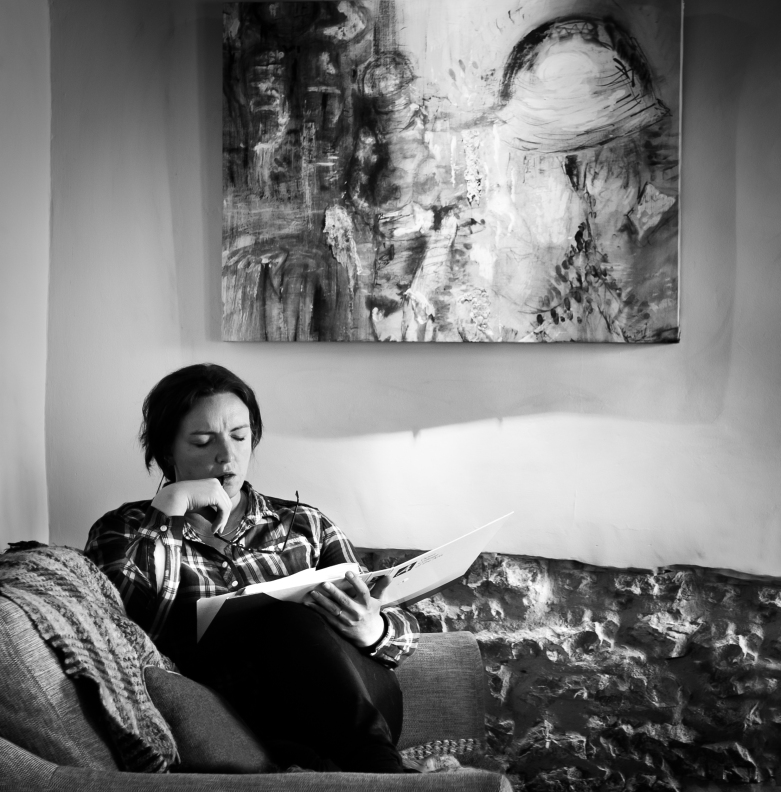 Image 2.
Image 2. 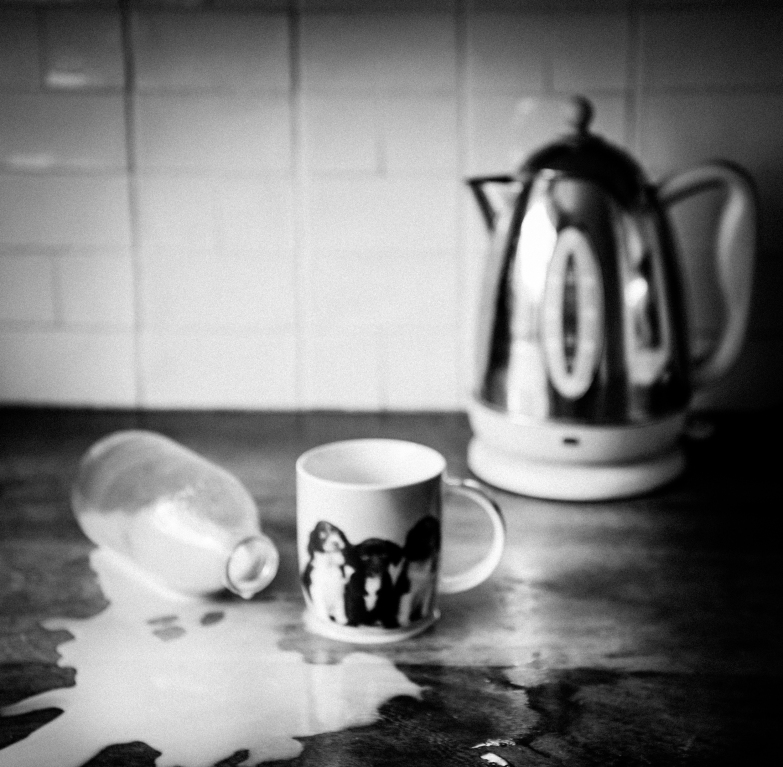 Image 3.
Image 3. 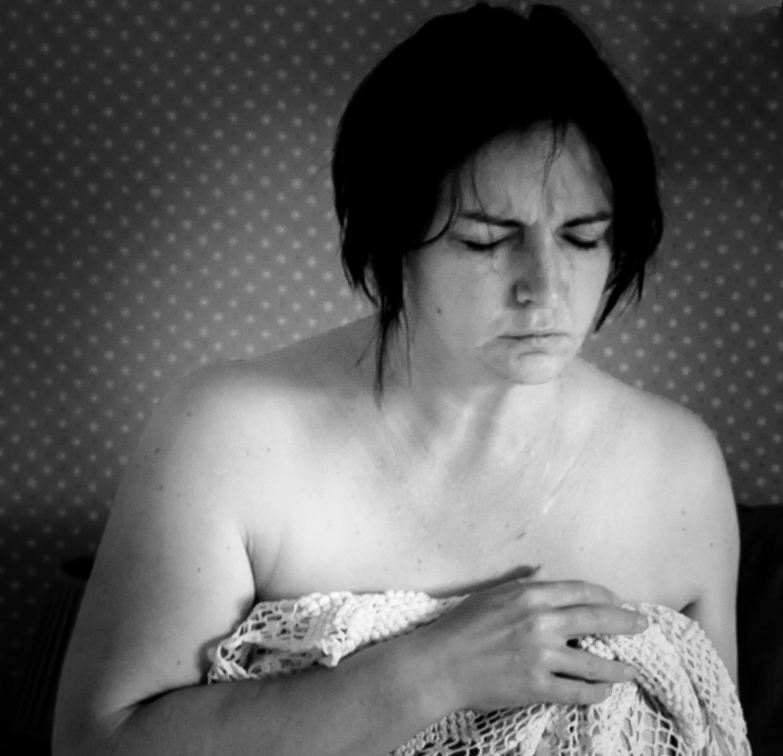 Image 4.
Image 4. 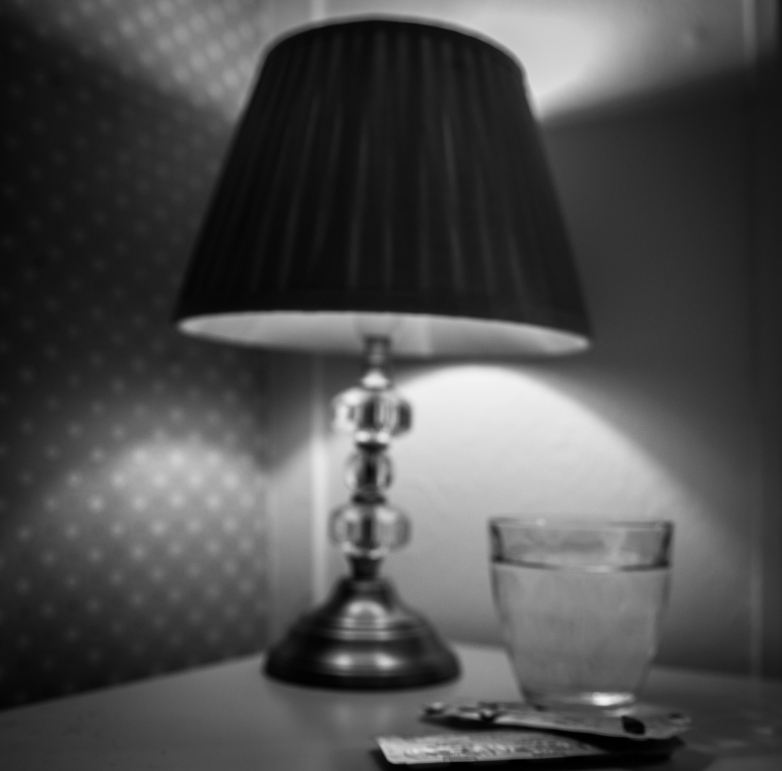 Image 5.
Image 5. 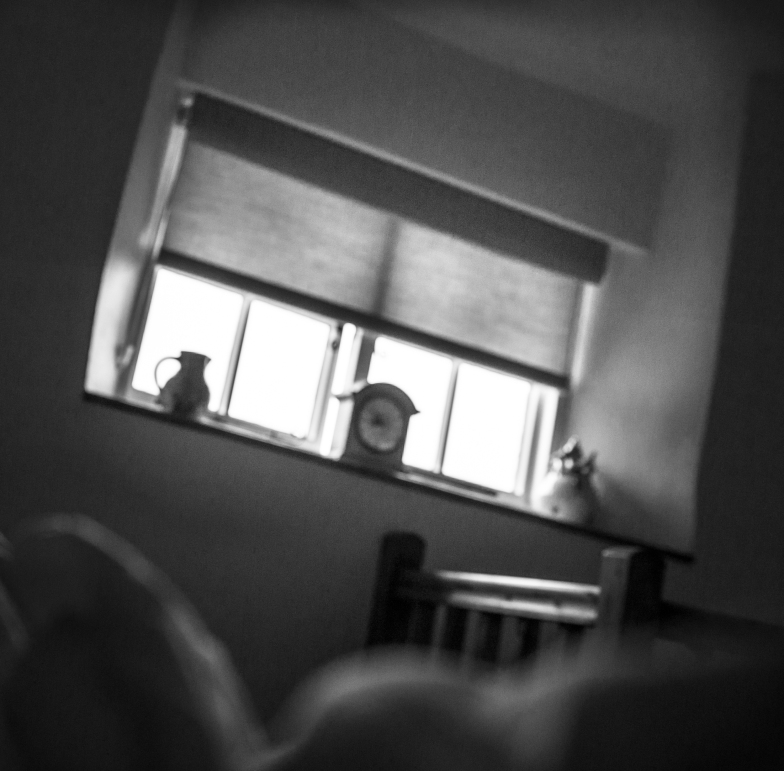 Image 6.
Image 6. 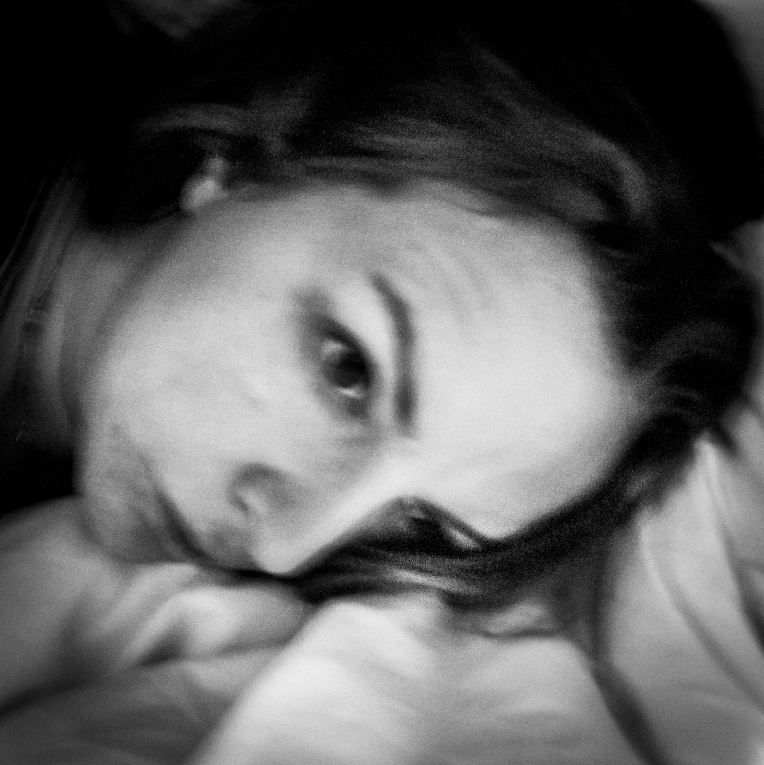 Image 7.
Image 7. 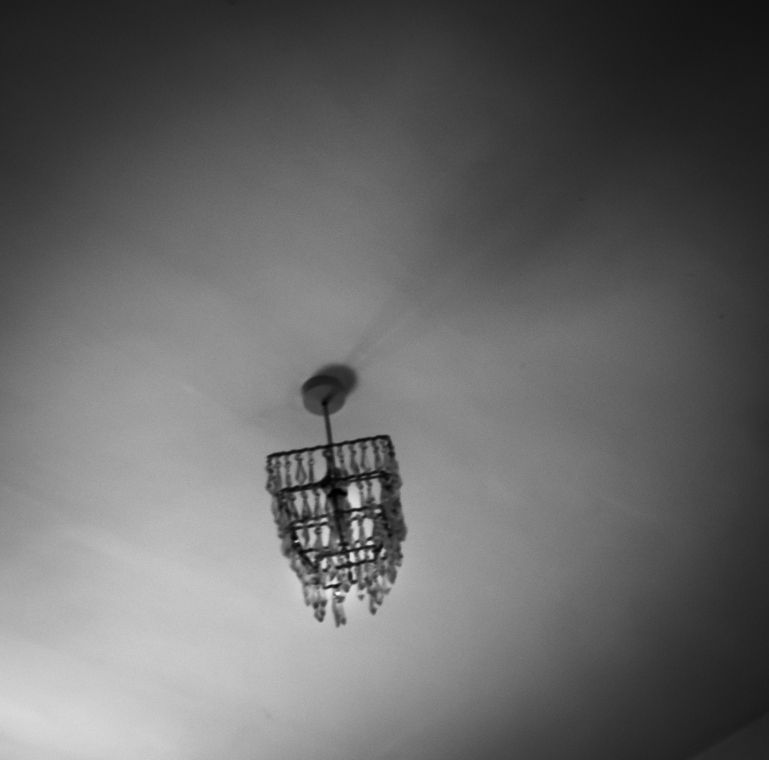 Image 8.
Image 8. 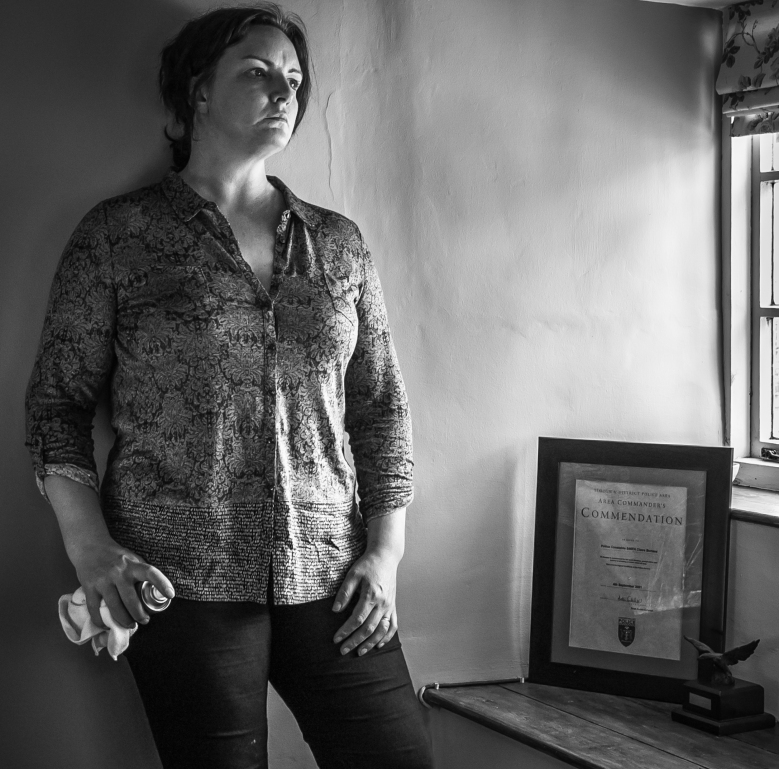
Assignment Brief:
The assignment asks that I reflect on things that might be un-photographable and how these themes might be portrayed using photography. It is suggested that I think about things that I have been experiencing or thinking recently. This might be revealing but it doesn’t have to be. It was suggested that a notebook be kept when ideas strike you as interesting. The list should be about things that you have a personal interest in.
Select and implement one of the ideas. Produce 7 – 10 images that are visually consistent and tightly edited. Initial ideas: Photographing the unseen naturally brings to mind emotions. Hate Fear Isolation Loneliness Love Compassion Excitement Grief Invisible disability Mental health This list is endless. Ideas resonating to me in my life at the moment:
1) ‘Letting go’. My daughter is approaching her sixteenth birthday and this brings about new experiences as a mother with the arrival of a boyfriend, the increasing independence and the emerging ‘personal voice’ etc. that changes ‘everything’. Perhaps a voyeuristic approach with focal length used to convey the growing distance.
2) My invisible disability that I battle daily. People don’t know what it ‘looks and feels like’. Flash backs, hurt, depression and physical pain etc.
3) Coursework concerns. Trying to overcome cognitive and visual reading difficulties.
4) Excitement. An opportunity to travel next year to New Zealand has presented itself.
I didn’t get as far as seven ideas as the body of work naturally evolved and took over
Planning and research considerations: Having chosen to take on an ‘invisible disability’ after being inspired by Peter Mansell’s body of work, the advice for tackling highly personal work was “not to be too prescriptive in approach”. I needed to read that because taking photographs of something I am actually experiencing was going to have to require a ‘fluid’ approach with energy levels rendering sitting up in bed difficult enough. Conventional planning wasn’t going to work here. I feel, I visualise and use my camera to explore. Sometimes, my camera is the starting place to stimulate ideas through experimenting. I know that tutors like to see sketchbooks but I have tried and it hasn’t worked for me yet.
Obviously it is impossible to photograph the narrative in the mind of somebody with PTSD. Pictures of the memories could be tackled if one has access to the locations but that isn’t the point here. I wanted to be able to invite people in behind the closed doors to see what is normally concealed from the world and to convey the debilitating pain and torment associated with it.
I didn’t want the majority of the body of work to be specific in explaining the events surrounding my trauma, so that everybody has room to relate to it. I looked at a body of work by Devin Mitchel. Although it succeeds in raising awareness and stimulating thoughts about who PTSD might affect in the military and the conflicting identities, it does feel a bit contrived and I couldn’t identify with much more than the person in the mirror reflecting back the ‘old you’ who looks the same but isn’t.
http://www.independent.co.uk/life-style/health-and-families/ptsd-photo-series-documents-what-the-disorder-is-really-like–as-study-reveals-suicides-of-22-us-veterans-every-day-10139406.html Last accessed 11/06/2015 (1).
The examples of contemporary documentary photography in the coursework set the scene for moving into the realms of contemporary photography. As pointed out in my learning log, I didn’t like looking at Bryony Campbell’s work but it had provoked a reaction in me. She anchored her work tightly with extensive text and I think this was because the subject was so personal that she felt the need to hold on to it.
Peter Mansell’s work had a similar pull on my attention but the difference was because there was enough anchoring to guide but ambiguity in the images for me to be able to bring my experiences into the work – I like that concept a lot.
Sophie Calle’s exhibition left me a little cold but opened my mind as to how Barthes’ ‘anchor’ and ‘relay’ can work for maximum effect – allowing room to communicate to an audience and invite the audience to participate. The postmodern movement was a completely new concept to me in this course and I had to veer off to educate myself out of a huge gap in knowledge and education that I suspect will now serve me well throughout the BA programme.
Barthes’ concepts were a heavy read and I am yet to tackle his books in earnest. I soon realised though that we all decode on a subconscious level everyday.
Liz Well’s summary of historic semiotics and decoding photographs was helpful and will help to guide my reading/ research from here on in. As I slowly progressed through the course during periods of clarity, I started taking self-portraiture in my darker days and realised that these images were my natural response to assignment 2; that is the un-photographable effects of trauma in the mind of somebody with PTSD.
It was clear to see that the course was looking for personally driven work and this was going to be personally driven! Apart from a few days here and there, I was pretty much housebound and this fact pushed me into deciding to take on highly personal work. With the exception of Bryony Campbell’s work and Peter Mansell’s, the course examples of documentary photographers didn’t stimulate much emotion in me but I will come back to this in my self-assessment.
They were interesting but lacked atmosphere and I guess this is where being able to relate through ones own experience comes into play. Above all I wanted my work to be accessible to anybody viewing. I wanted enough ambiguity and metaphors for stimulation but also enough anchoring for those who are viewing on a literal level to walk away with something as well. I also wanted to experiment for the first time with semiotics, metaphors, juxtaposition, and compositions.
I identified that photography which conveyed atmosphere was important to me. All in all, I wanted to ‘change gear’ to provide a body of work that was out of my comfort zone. My natural photographic leanings to date are towards W. Eugene Smith’s style of voyeuristic narratives with compositional elements, which strengthen the viewers understanding. I now realise that this is a fairly closed door when trying to add in elements of relay and ambiguity for a post modernist approach.
The section on postmodern narrative and Roald Barthes made me realise that I had a major gap in my knowledge and education that had to be addressed if I was to be able to respond to postmodern briefs. This has now begun to be resolved as can be found on my learning log. One consideration was the risk of poor quality control of the images given that I was very poorly. There is a fine balance to be met over capturing atmosphere at the risk of quality. Having thought about it though, many of my favourite historical documentary images are not technically great. Bresson’s images of D-Day landings, various concentration camp images and of course, Lange’s ‘Migrant Mother’.
Liz Well’s addresses this debate and really the only issue is “can we print this big?”(2) I have seen ‘Migrant Mother’ in exhibition and I was saddened to see that this image had been enhanced to appease the technically minded. I decided on the back of this not to worry too much as these images would remain small when sat on a wall, to invite the viewer to step closer and become more intimate with the images.
As noted when looking at Alec Sloth’s work, photo books are the presentation of choice and the requirement for large gallery prints are going to be rare. The hardest consideration was about how much authorship to retain. Do I find words of a song to use in relay that will emphasise my mind-set or do I help the viewer with an entry that will guide them a little more? The title might be enough but I don’t want the body of work to be confused with issues of domestic violence or female related issues.
Body of work Context and narrative:
To enlarge on the earlier references to PTSD, this particular body of work was born out of several events. To be precise, I suffer with complex and untreatable PTSD alongside a debilitating neurological disorder, namely Conversion Disorder, triggered by PTSD that were born out of events that started at the junction of Dunsany Road, W12 on 7th May 1997 when I was 23 years old and posted as an police area car operator on Foxtrot 2. The events themselves don’t matter here for now though. However, the word ‘Post’ suggests that the trauma is complete and behind but many elements of my trauma continue to evolve, as I am still controlled in a passive aggressive manner in a historically foul application of injury award reviews, that have resulted in judicial reviews. At the start of Context and Narrative, I was just starting to come out of a debilitating 5 months conversion disorder relapse. When I flicked through the course material, I was immediately in turmoil with the course content and the direction of the course becoming self-reflective. Photography as a therapeutic activity was doomed for now.
This also coincided with ………………………………………………. Sentence available to my tutor on PDF ……………………………………………………………. .
I plunged into a deep depression with the coursework and the PTSD and Conversion Disorder kicked in. Photography needed to remain my escapism for a little bit longer but the coursework is leading me down a path that I guess I do want to traverse but it was just extraordinarily bad timing and it caught me out. The combination of factors triggered a relapse in ‘fight and flight’ that is evident in my part 1 scrapbook submission and quality of assignment 1 submission. In turn the Conversion Disorder kicked in and rendered me house bound and largely bed ridden for weeks. Image denoted and connoted metaphors:
- Image 1. Sat in a corner and enclosed. The glasses are off and eyes closed hint at disquiet with whatever I am reading. The image above is an abstract jumble with a shadow forming a thought bubble protruding from my head.
- Image 2. On a literal level, I have taken a break and become accident-prone as neurological fogging descends. However the metaphors are abundant and go beyond the obvious ‘spilt milk’ metaphor. The three dogs represent the modernist elitist and white male, self self-serving enlightenment ‘knowledge, truth and reason’ philosophy and it is this that I have fallen captive to. ‘Knowledge, truth and reason’ sit happily is their pool of milk (as in milk and honey) (3).
- Image 3. Looking and feeling awful – off to bed to ride the storm. Metaphorically, I am stripped of my identity and coping mechanisms as I hold on to a tangled web of betrayal.
- Image 4. The metaphor is that the drugs provide ‘artificial light’ in my life and physical and mental pain are numbed. The glass in the light is ironically full.
- Image 5. Time ticks by as I stare towards the natural light. Do I feel hemmed in by the window bars? Or is it some sort of divine sign of Christian faith? Who knows in the drugged haze?
- Image 6. No metaphors here other than just an intimate look at ‘dead behind the eyes’.
- Image 7. Looking at the ceiling. Watching the vague hint of light but without any thoughts – resigned to rest. The metaphor to find here is a shadow cast in a heart shape. The light shade is arrow shaped.
- Image 8. An anchoring image at the end that might lend itself to a viewer of what this is about. Now only armed with a housewives utility butthe real bravery to be shown is ahead in the outside world and not in the commendable past. The commendation is only worth the paper it is written on. Hence the tentative peering out of the safety of the shadows and into the glare of the outside world. Stance is not dissimilar to preparing to adopt a ‘contact and cover’ officer safety stance – relying on some rudimentary ‘frame of reference’ knowledge of policing for full understanding.
Techniques: On a denoted level, the story should be evident. It runs sequentially and explains the disengagement, deterioration and then re-engagement into and coming out of relapse. It shows both what ‘it’ looks like and also what the confined spaces look like.
Connoted and denoted juxtaposition: Bathes’ ‘Rhetoric of an image’ was too dense for me to fully understand. I looked at Clarkes entry in his book about Salgado’s image of a malnourished child and this has reinforced my understanding of Barthes’ concepts of how the denoted and connoted act in anchor and in relay (4) and this has helped me enormously in putting together images that are both denoted and connoted. Black and white is used to emphasise depressive gloom and to prevent the distraction of colour composition from the main issues. This is about a dark subject; so let’s not get distracted by colour theory. Clarke reinforces my sentiment and speaks about the paradox of real life being in colour but that there is a historic trust in the ‘truth’ to be found in black and white (5). Square format was inspired by Peter Mansell and Diane Arbus’ work.
To paraphrase Clarke “The format can give a sense of immediacy and voyeurism” (6), and for me it prevents the eye from wandering to easier parts of the frame. Okay, I am guilty of being ‘between the eyes’ in my approach again! Maybe this is just something to accept. The format adds to a sense of claustrophobia.
The first and last images are in focus for anchoring purposes too. They should suggest clarity being present and then returning – the start and end of the ever repeating cycle. The other images are not in focus to give a sense of the neurological fogging that occurs and disorientation.
Not being specific in the actual event that triggered PTSD in the main body allows connoted ambiguity that will encourage people to relate to the work with their own life experiences. I know that has actually worked via peer feedback which I will revisit in the reflection.
The quote anchors the viewer into the subject retaining some authorship but the specifics are there for people to ponder, “what happened to her”. I have presented this in a way that might transfer into a hypothetical exhibition. The ideal would be to have the images projected in succession in a small-darkened room that is big enough for one person.
The music copyright consent might also be sought to be played as an additional layer of relay – all-adding to a sense of claustrophobia. I have had great difficulty in deciding if I should include a brief synopsis. My tutor might advise. The inclusion of it retains authorship and to not include it would completely give up authorship. I think that the happy medium is to keep it for people to find after viewing.
Self-Assessment Without a doubt this assignment scared me and it is the riskiest submission submitted to date. Clearly, I have stepped out of my comfort zone with brand new concepts that have catapulted me into thrusting forward a highly personal set of work. It leaves me exposed and without any place to hide. It is so far removed from anything I have ever explored before. No, I don’t do anything by halves. It has confronted the reason for my difficulties in assignment 1 and prepared me for the next assignment that asks me to keep a diary. It is worth mentioning two things.
Firstly, it became apparent since joining OCA that I have had a cognitive struggle with reading. The reason for this has now been identified as a multi faceted eye issue (possible caused by ‘brain shake’). I am now under a consultant and await advice. I have severe fusion difficulties (double vision) and I also have to wear green tinted glasses to rectify other issues. The course reading throughout my time with OCA has been a real struggle and I have missed swathes of information to help me meet learning outcomes and tried to depend on YouTube lectures sourced from far and wide as e-book formats aren’t available
. I have spent a long time trying to read and as a result, not understood why I was losing concentration and not understanding the concepts. My glasses arrived this week and seem to be making a huge difference along with the use of ‘Calibri (Headings)’ type text. The second issue surrounds mentoring through my last course. I was looking for guidance on critical analysis and the advice simply didn’t come.
Assignment Aim: My aim, based on the brief, was to produce a powerful body of work to convey the ‘unseen’ of invisible disabilities; namely PTSD and Conversion Disorder. I wanted to draw on learning outcomes from the coursework with regards to storytelling with postmodernism at the heart of it. I wanted to try and make it a set that stood up as a ‘from start to finish’ story but also to work as a whole, where each photograph supported each other as described in the course notes and seen in the examples. I wanted to use ambiguity, relay and anchoring to produce an original piece of work that pushed the boundaries in aesthetics.
Things that went well:
- My images do have a consistent theme running through. The juxtaposition of self-portraiture and still life is a deliberate disruption between each pairing and the reasoning is that it ensures that wherever the eye settles, there is in the next image a physical / emotional reality to contrast and reinforce the different aspects of the work, while the aesthetics remain consistent. The two ‘in focus’ images do disrupt the set but are justified to accentuate the contrast of ‘ill’ and ‘recovering’.
- I have begun to develop my understanding of modernism, post modernism and the philosophy attached to that. I am in the infant stages of digesting the philosophical aspects of photography but what I have managed to digest has enabled me to push out of my comfort zone and into contemporary bodies of work.
- I am personally pleased with the experimentation in use of metaphors and juxtaposition.
- The decisions of how to anchor and how much to anchor the set of images were tricky. I am overall pleased with the decisions made but happy to take advice. I think that there would be various ways to exhibit this work and each way might require something adding or taking away.
- I am really pleased with the aesthetic.
- I am pleased with the risk taking.
- I think that I have managed to be original albeit nothing isn’t ever entirely original and everybody feeds off other ideas from other people.
- I am beginning to understand what I need to do to demonstrate ‘crystallisation’ of ideas.
Before I committed to this submission, I put the photographs to peer review on the level 1 OCA Facebook photography group with only a brief outline. I wanted to see what the response was, if any, to the concept and the style. Also how the images sat to work together. Here are a few of the comments: Available on PDF. Things to work on:
- Being ill and not being able to engage in ‘deeper reading’ due to eye problems and PTSD has put me on a back foot. I hope to be able to catch up on reading again that will contribute to supporting the crystallisation of ideas and the quality of submissions with more references to justify my body of work. I just sincerely hope that I can find a way around this.
- To further my understanding of semiotics, deconstruction, connotative and denoted concepts to enable critical analysis in other practitioners work.
- To find a way of using sketchbooks.
- To refine in research, referencing and crystallisation of ideas.
- Maintaining my health during this course! This assignment has prepared me for the next assignment ‘Putting myself in the frame’. I have tackled the dark side of my life and I can now put it to one side and communicate other aspects of it.
Reference:
(1)http://www.independent.co.uk/life-style/health-and-families/ptsd-photo-series-documents-what-the-disorder-is-really-like–as-study-reveals-suicides-of-22-us-veterans-every-day-10139406.html Last accessed 12/06/2015
(2) Wells, L . (2001). Thinking About Photography. In: Wells, L Photography: A Critical Introduction. 2nd ed. London: Routledge. 41.
(3) ) https://www.youtube.com/watch?v=2QXPl6ebEZk Last accessed 12/06/2015
(4) Clareke,G.(1997). The Cabinet of Infinite Curiosities. In: n/k The Photograph. Oxford: Oxford University Press. 23
(5) Clareke,G.(1997).What is a Photograph?. In: n/k The Photograph. Oxford: Oxford University Press. 23
(6) Clareke,G.(1997).What is a Photograph?. In: n/k The Photograph. Oxford: Oxford University Press. 22 Youtube link for supporting song: https://www.youtube.com/watch?v=wXcdYBh3hgg Last accessed 11/06/2015


